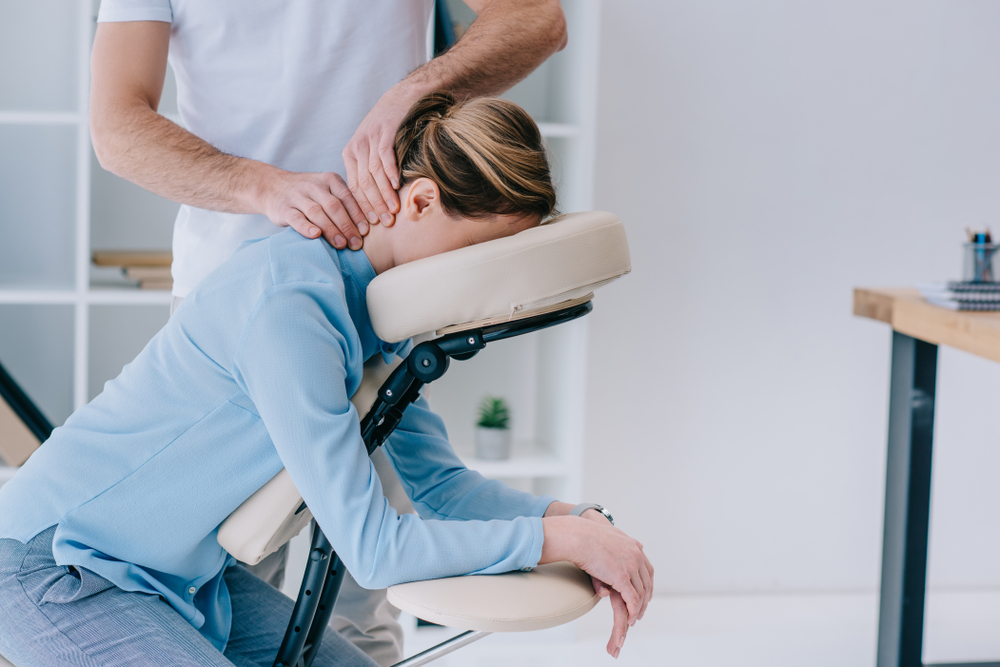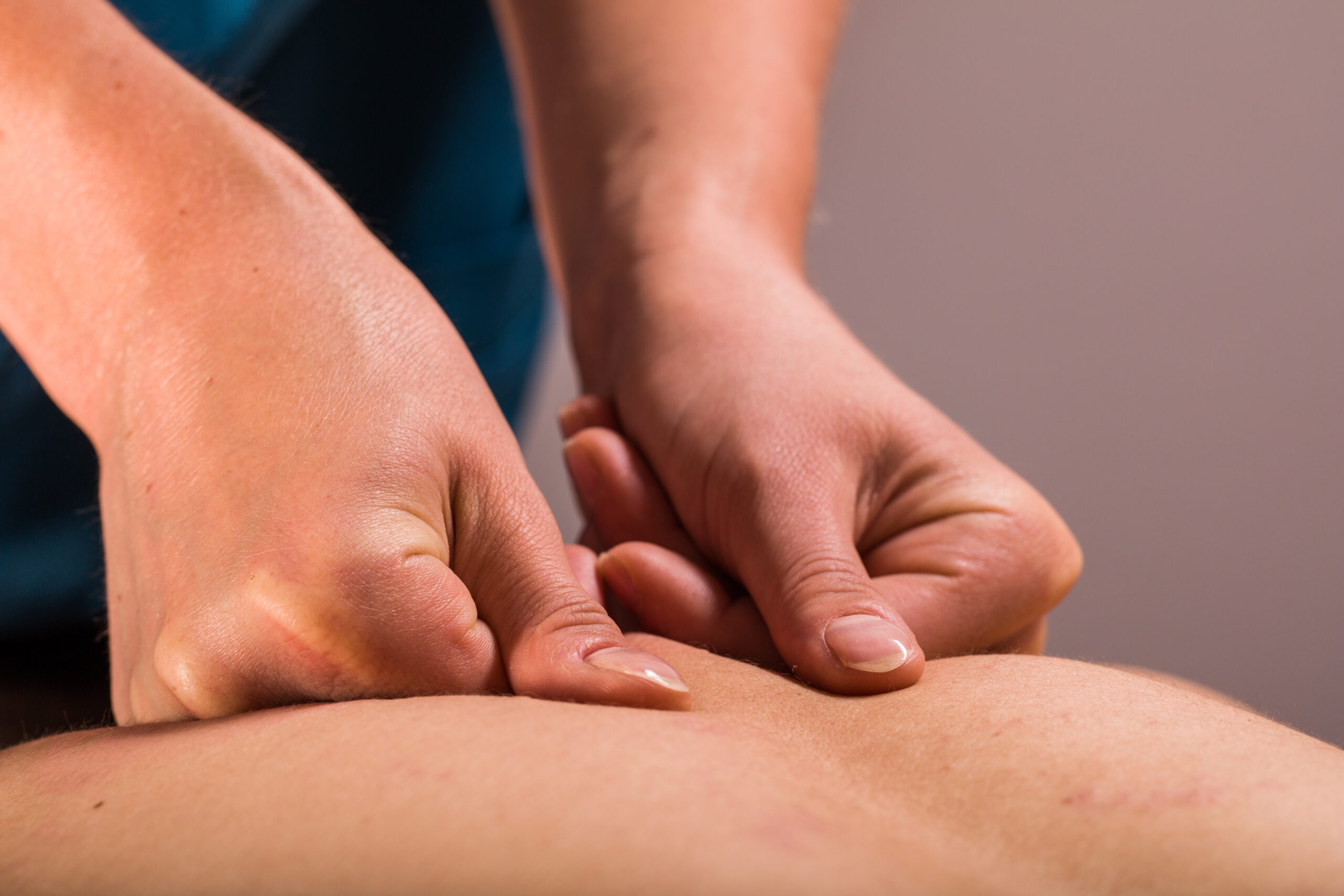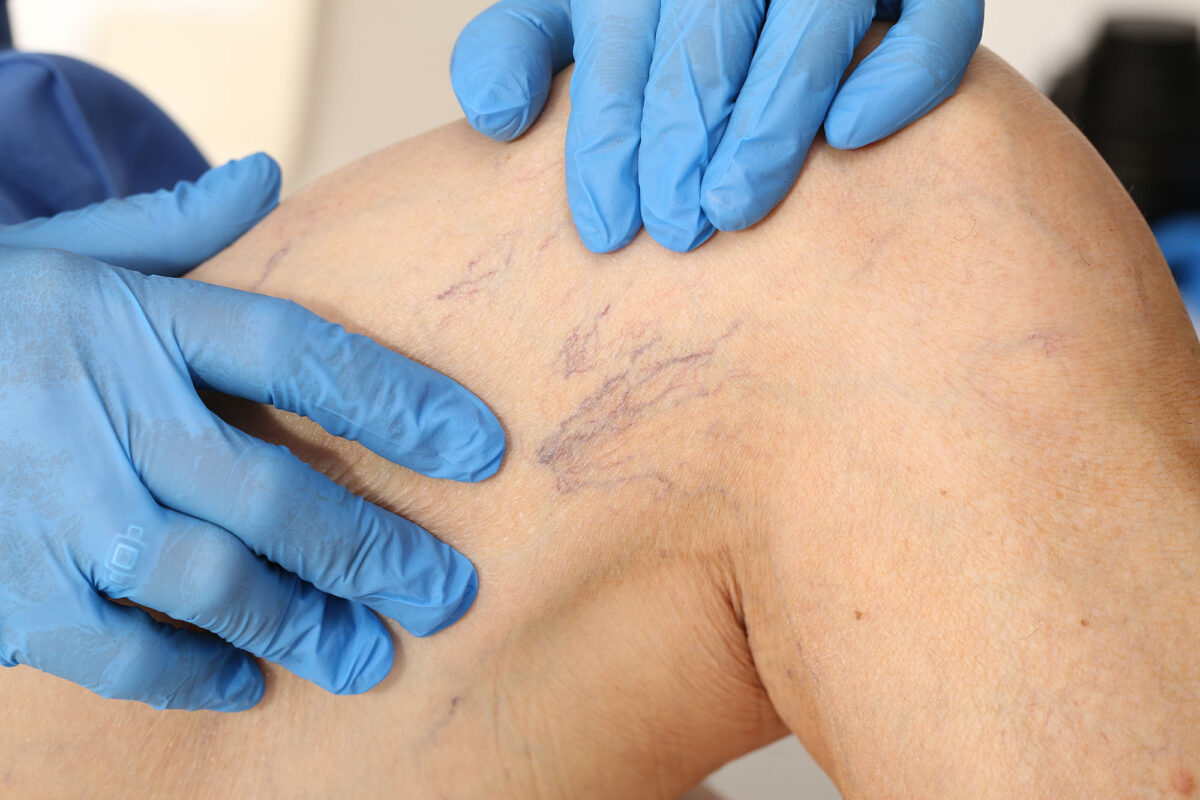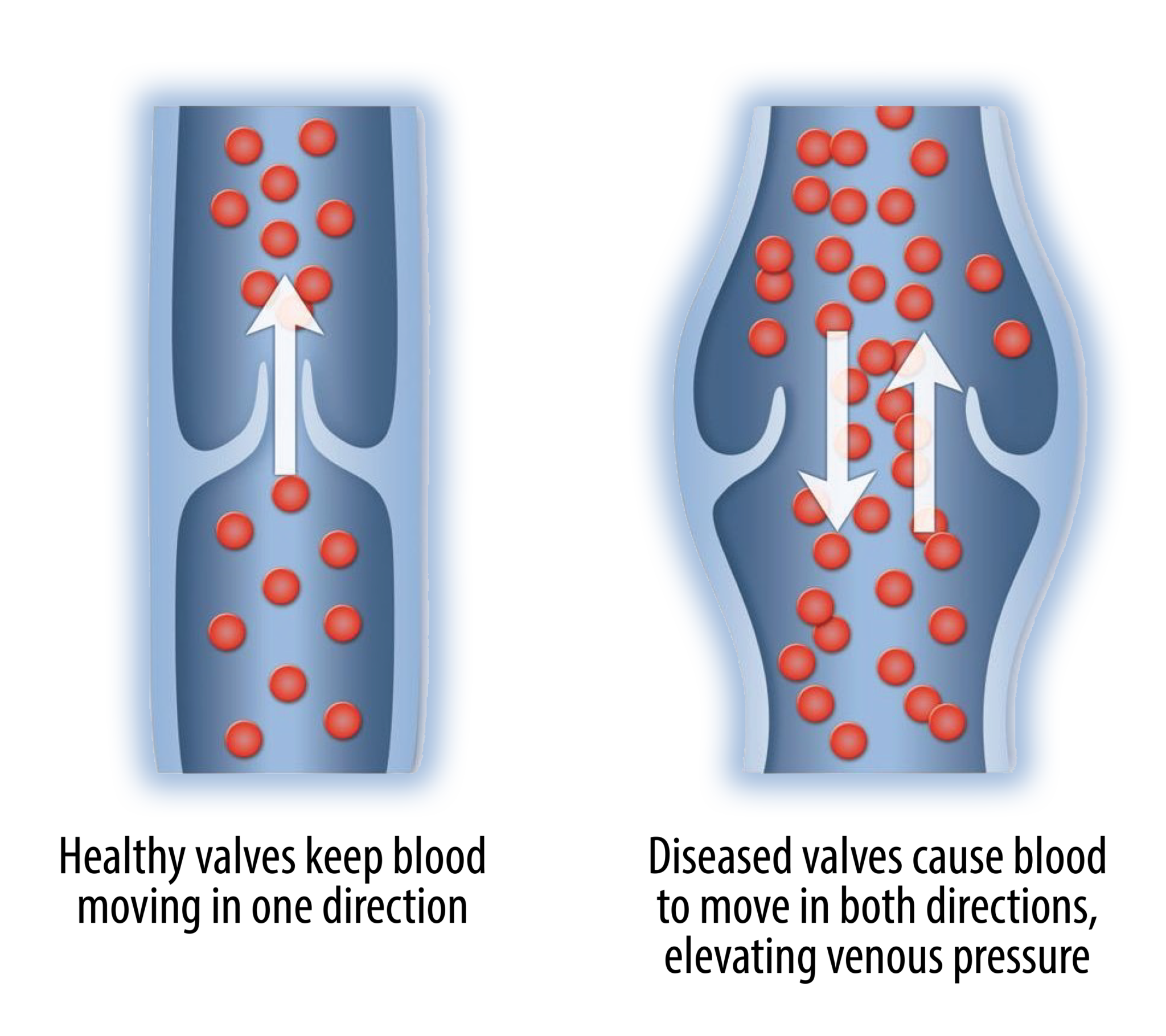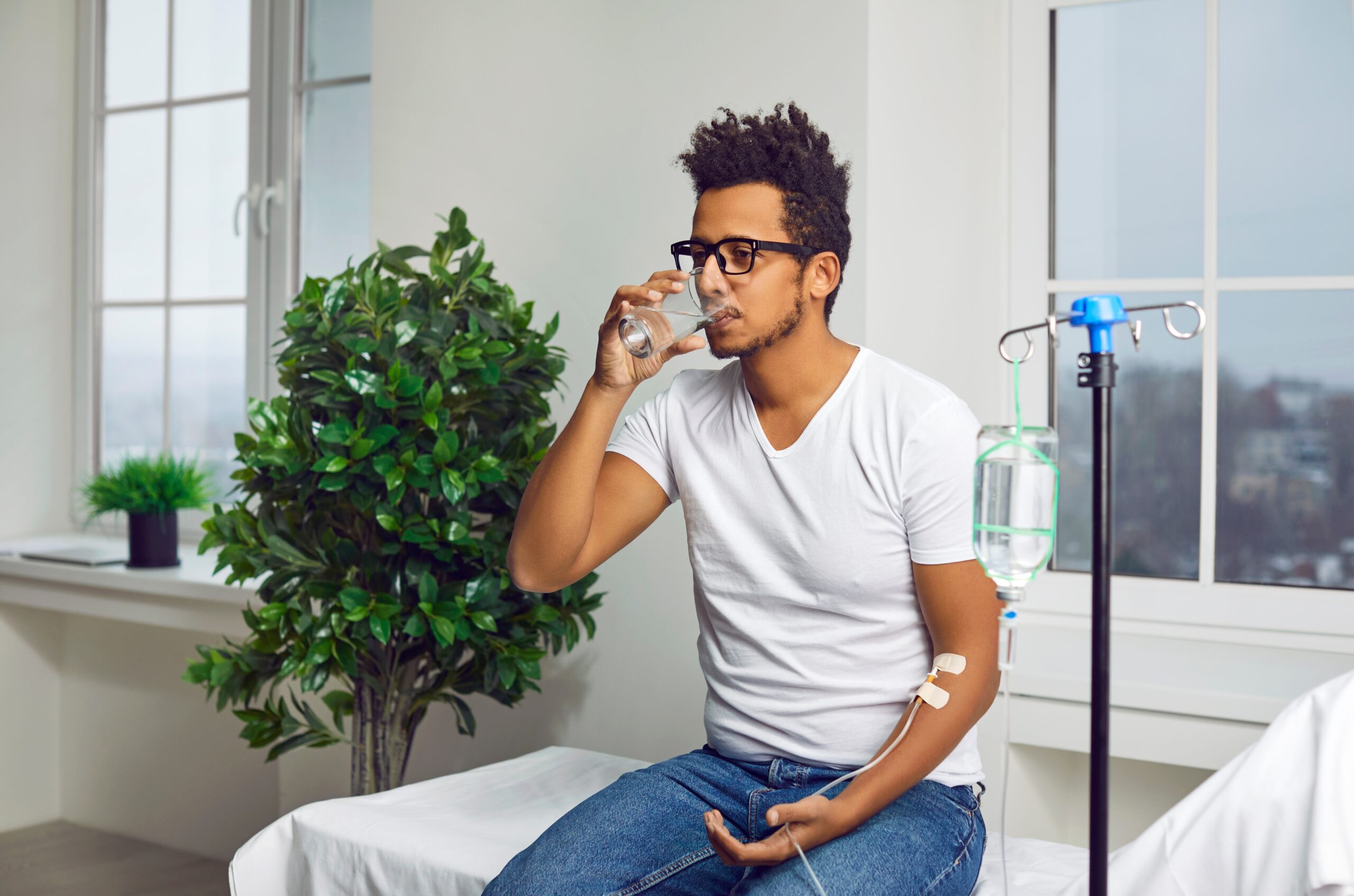Leverage Pain Management Treatment for a Healthier You
Feeling good can seem impossible when you’re hurting and searching for a reasonable pain management solution. Thankfully, there’s a way. An experienced and knowledgeable pain management doctor knows how to relieve pain and help restore your quality of life.
Healthcare providers use minimally invasive and highly effective techniques to perform diagnostics and treatments, resulting in less risk of side effects, complications, and medication. A qualified pain management doctor can give you a dose of healthy reality: You don’t need to live with pain, whether it’s mild pain or a type of pain that makes every moment miserable.
Venous Insufficiency and Pain Management
Varicose veins are evident when you can see blood vessels bulge just under the skin, which means pain management solutions should be on your immediate radar. These appear as blue or purple bulges on your legs, feet, or ankles. A condition called “venous insufficiency” typically causes varicose veins, which means your veins have trouble sending blood from the limbs back to the heart. These damaged veins cause poor circulation. Most of these varicose veins are on the back of the legs and may look contorted.
Endovenous Radiofrequency Ablation can help. An ablation procedure uses an image-guided radiofrequency or laser to recirculate blood flow away from abnormal vessels and reduce pressure and stress. Any pain management doctor worth their salt will tell you that ablation allows healthy vessels to take over faulty ones — thus, it remains a convenient and safe procedure for many patients.
Disks, Nerves, and Muscles
Herniated disk disease occurs when the fibrous cartilage that surrounds your vertebrae breaks down — oftentimes resulting in a pain management plan down the road. This happens when the gelatinous center of each disk is forced outward. As a result, there is pressure on the spinal nerve, causing pain and damage.
Diabetes or alcoholism can cause chronic inflammatory polyneuropathy. Neural numbness or tingling can affect one nerve or many at once. Several issues can cause sciatic nerve problems. One of the most common causes is a bulging or burst spinal disk pressing on the roots of the sciatic nerve. Numbness, pain, or tingling are common symptoms.
Muscle and nerve disorders can make one weak, tingly, and numb in the arms, legs, hands, and feet, and may also cause cramps, spasms, or atrophy from motor neuron loss.
A nerve conduction velocity/electromyography (NCV/EMG) is usually the best test for discovering what treatment to take next since this valuable pain management test can find nerve and muscle issues. This test can diagnose many common complaints, such as sciatica, back pain, radiating pain, numbness, tingling, cramping, muscle weakness, and localized pain.
Tension, Stress, Injuries, and Pain Management
Many people live with muscle tension, back and shoulder pain, and constant stress. Symptoms and causes include injuries, headaches, neck pain, anxiety, depression, stress, fatigue, chronic pain, sciatica, and shoulder or joint pain.
Massage treatment is usually the best pain management remedy offered by an experienced pain management doctor. Massage treatment can target painful areas. Using this integrative medicinal approach, a specialist kneads muscles, tendons, and ligaments. Body massages involve rubbing soft tissues. Within those soft tissues are your muscles, connective areas, tendons, ligaments, and deep skin. You will relieve stress, pain, and discomfort with muscle movement, deep tissue movements, and massage treatment therapy.
Musculoskeletal Health, Bones, Joints, and Tissues
Musculoskeletal pain can affect various parts of the body, including bones, joints, ligaments, tendons, and muscles. This makes pain management a priority for many. Injuries such as fractures can cause sudden, severe pain. Arthritis is another chronic condition that causes great pain. Muscles, bones, joints, tendons, and ligaments are all affected. Acute musculoskeletal pain can be sudden, or it can be chronic and seem to last forever. Pain can localize in a specific area or affect the entire body.
Check out acupuncture therapy right away. Musculoskeletal pain is treated in a conservative, holistic way. You can feel confident in your treatment by working with a licensed medical massage therapist who knows how to target and treat the muscles that are causing you pain.
Acute and Chronic Muscle Pain Management
There are plenty of reasons why muscle pain can develop. From sleeping in the wrong position to tearing large muscle groups while lifting weights, the reasons are endless. People with constant or chronic muscle pain may require medical treatment even after trying a few days of rest. Pain in your muscles can greatly affect your ability to function and can easily disrupt your quality of life.
People with chronic muscle pain may benefit from trigger-point injections. These will eventually let them live a life free of pain through proper pain management treatment. Performed by a trusted pain management doctor, these injections are accomplished intramuscularly and subcutaneously. Their targeted and helpful medication reduces inflammation and discomfort.
Wellness and Pain
You should see a pain management doctor right away if you’re experiencing pain that’s affecting your life. One of our pain management team members will help you with a proper diagnosis while discussing your treatment options. We’re happy to help you find the right treatment at Wellness and Pain. You can live a healthy, active life once you know your options and receive treatment. Now is the time to find a remedy for your acute and/or chronic pain.
Endovenous Radiofrequency Ablation
Vessel ablation – formally known as radiofrequency ablation (RFA) – is a minimally invasive and highly effective procedure that uses image-guided radiofrequency or laser energy to recirculate blood flow to reduce pressure and stress away from abnormal vessels. Once faulty vessels are ablated, healthy vessels are then able to function in their place.
Nerve and Muscle Testing (NCV/EMG)
Nerve and Muscle Testing (NCV/EMG) diagnostic test to evaluate for any problems relating to nerves or muscles. The diagnostic test help manage many common complaints including:
Dr Molina is a Board Certified Neurologist trained to help in the recovery and relief of patients’ pain and pain management symptoms, helping them to return to work and daily activities.
Massage Conditions
Acupuncture
For massage and acupuncture this is conservative, holistic approach for treating musculoskeletal causes of pain. By working with our licensed medical massage therapists are professional trained to target and treat the muscles causing pain and discomfort.
Trigger point injections
TPI are used to treat painful and tender areas of muscle. They are intramuscular and subcutaneous injections often performed to decrease pain swelling and inflammation. The procedure consists of a medication injected into the skin and muscle.



